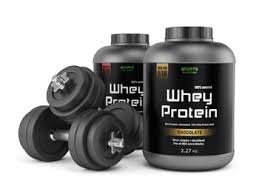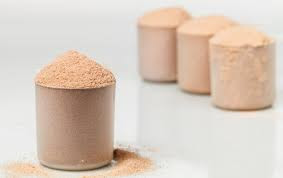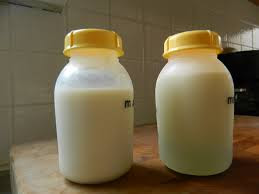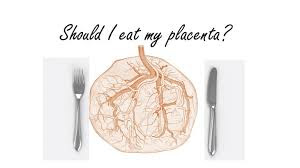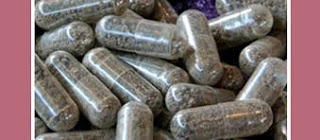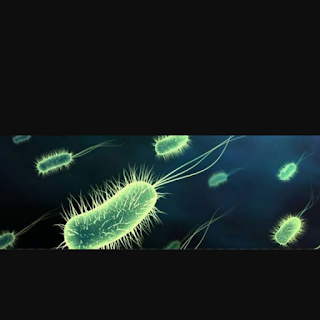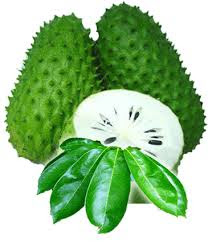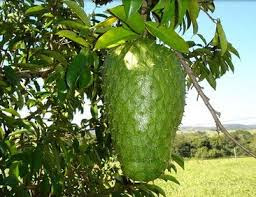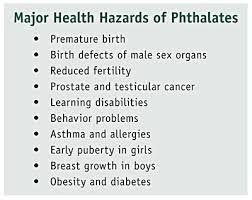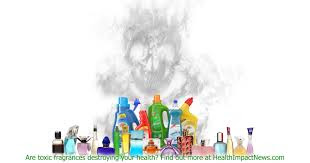I recently knew two people that suffered from kidney stones. They were in agonizing pain. So I decided to look into it a bit.
What are the functions of the kidneys? The kidneys filter the blood to remove excess mineral salts and other dissolvable wastes. The kidneys also produce the urine that dissolves these wastes and excretes them through the urinary tract. Kidney stones form when the urine becomes so saturated with certain minerals that no more of it can dissolve into the urine (like trying to dissolve too much sugar in your iced tea). The undissolved portion of the minerals form crystals that then clump together and grow into hard stones. Kidney stones usually develop in the kidneys. However they can form anywhere in the urinary tract. This condition is medically known as urolithiasis or nephrolithiasis.
When kidney stones are small, they may pass unnoticed with the urine. Sometimes, they grow too large to pass easily through the urinary tract, and some stones have rough or sharp edges. When these stones are passing through the urinary tract, it can cause pain. In some cases, kidney stones cannot pass on their own, and treatment with specialized medical equipment, dietary adjustments or surgery may be necessary.
For most people, kidney stones can recurr. Therefore, a major part of the treatment for this condition is aimed at preventing recurrences. There are various types of kidney stones. Because treatment for each differs, it is important for the professional to determine the stone’s mineral content and to identify any medical conditions that may have contributed to stone formation. Preventive treatment may be with medications and/or changes in the diet.
About 80% of all kidney stones are composed of calcium and other minerals, usually a combination of calcium and oxalate. In some cases dietary adjustments help to prevent the recurrence of these types of stones.
How does diet affect the risk of developing kidney stones?
Kidney stones can form when substances in the urine—such as calcium, oxalate, and phosphorus—become highly concentrated. The body uses food for energy and tissue repair. After the body uses what it needs, waste products in the bloodstream are carried to the kidneys and excreted as urine. Diet is one of several factors that can promote or inhibit kidney stone formation. Certain foods may promote stone formation in people who are susceptible, but scientists do not believe that eating any specific food causes stones to form in people who are not susceptible. Other factors that affect kidney stone formation include genes, environment, body weight, and fluid intake.
The best way to prevent kidney stones is to make sure you drink plenty of water each day to avoid becoming dehydrated.
Keeping your urine diluted helps to stop waste products getting too concentrated and forming stones.
One can tell how diluted their urine is by looking at its colour. The darker your urine is, the more concentrated it is.
Your urine is usually a dark yellow colour in the morning because it contains a build-up of waste products that your body has produced overnight.
Drinks such as tea, coffee and fruit juice can count towards your fluid intake, but water is the healthiest option and is best for preventing kidney stones developing.
You should also make sure you drink more when it’s hot or when you’re exercising, to replenish fluids lost through sweating.
.
Diet
If your kidney stone is caused by too much calcium crystals, you are advised to reduce the amount of oxalates in your diet.
Oxalates prevent calcium being absorbed by your body, and can accumulate in your kidney to form stones.
Foods that contain oxalates include:
*beetroot
*asparagus
Arhubarb
*chocolate
*berries
*leeks
*parsley
*celery
*almonds, peanuts and cashew nuts
*soy products
*grains, such as oatmeal, wheat germ and wholewheat
*Garden eggs (although in small amount)
Don’t reduce the amount of calcium in your diet unless your dietitian advises you to. This is because calcium is very important for maintaining healthy bones and teeth.
To avoid developing a uric acid stone, you should reduce the amount of meat, poultry and fish in your diet. You may also be prescribed medication to change the levels of acid or alkaline in your urine.
(adsbygoogle = window.adsbygoogle || []).push({});
How does animal protein in the diet affect kidney stone formation?
Meat and other animal protein—such as eggs and fish—contain purines, which break down into uric acid in the urine. Foods especially rich in purines include organ meat, such as liver. People who form uric acid stones should limit their meat consumption to 600 grams each day.
Animal protein may also raise the risk of calcium stones by increasing the excretion of calcium and reducing the excretion of citrate into the urine. Citrate prevents kidney stones, but the acid in animal protein reduces the citrate in urine.
How does calcium in the diet affect kidney stone formation?
Calcium from food does not increase the risk of calcium oxalate stones. Calcium in the digestive tract binds to oxalate from food and keeps it from entering the blood, and then the urinary tract, where it can form stones. People who form calcium oxalate stones should include 800 mg of calcium in their diet every day, not only for kidney stone prevention but also to maintain bone density. A cup of low-fat milk contains 300 mg of calcium. Other dairy products such as yogurt are also high in calcium. For people who have lactose intolerance and must avoid dairy products, products such as orange juice fortified with calcium or dairy with reduced lactose content may be alternatives. Calcium supplements may increase the risk of calcium oxalate stones if they are not taken with food.
How does oxalate in the diet affect kidney stone formation?
Some of the oxalate in urine is made by the body. However, eating certain foods with high levels of oxalate can increase the amount of oxalate in the urine thereby increasing risk of kidney stone formation, where it combines with calcium to form calcium oxalate stones.
Eat fewer oxalate-rich foods. If you tend to form calcium oxalate stones, it is recommended that you restrict foods rich in oxalates. These include rhubarb, beets, okra, garden eggs, spinach, Swiss chard, sweet potatoes, nuts, tea, chocolate and soy products.
Choose a diet low in salt and animal protein. Reduce the amount of salt you eat and choose nonanimal protein sources, such as legumes. Consider using a salt substitute.
Continue eating calcium-rich foods, but use caution with calcium supplements. Calcium in food doesn’t have an effect on your risk of kidney stones. Continue eating calcium-rich foods unless your dietitian advises otherwise. Ask your doctor before taking calcium supplements, as these have been linked to increased risk of kidney stones. You may reduce the risk by taking supplements with meals. Diets low in calcium can increase kidney stone formation in some people.
Ask a doctor to refer you to a dietitian who can help you develop an eating plan that reduces your risk of kidney stones.
Medications
Medications can control the amount of minerals and acid in your urine and may be helpful in people who form certain kinds of stones. The type of medication your doctor prescribes will depend on the kind of kidney stones you have. Here are some examples:
Calcium stones. To help prevent calcium stones from forming, your doctor may prescribe a thiazide diuretic or a phosphate-containing preparation.
Uric acid stones. Your doctor may prescribe allopurinol (Zyloprim, Aloprim) to reduce uric acid levels in your blood and urine and a medicine to keep your urine alkaline. In some cases, allopurinol and an alkalizing agent may dissolve the uric acid stones.
Struvite stones. To prevent struvite stones, your doctor may recommend strategies to keep your urine free of bacteria that cause infection. Long-term use of antibiotics in small doses may help achieve this goal. For instance, your doctor may recommend an antibiotic before and for a while after surgery to treat your kidney stones.
Cystine stones. Cystine stones can be difficult to treat. Your doctor may recommend that you drink more fluids so that you produce a lot more urine. If that alone doesn’t help, your doctor may also prescribe a medication that decreases the amount of cystine in your urine.
It is very important that a person with kidney stones to see a dietitian. Dietary adjustments go a long way to not only treat but prevent recurrences and rejuvenate the kidneys.
God bless and heal you and happy birthday to me!!

